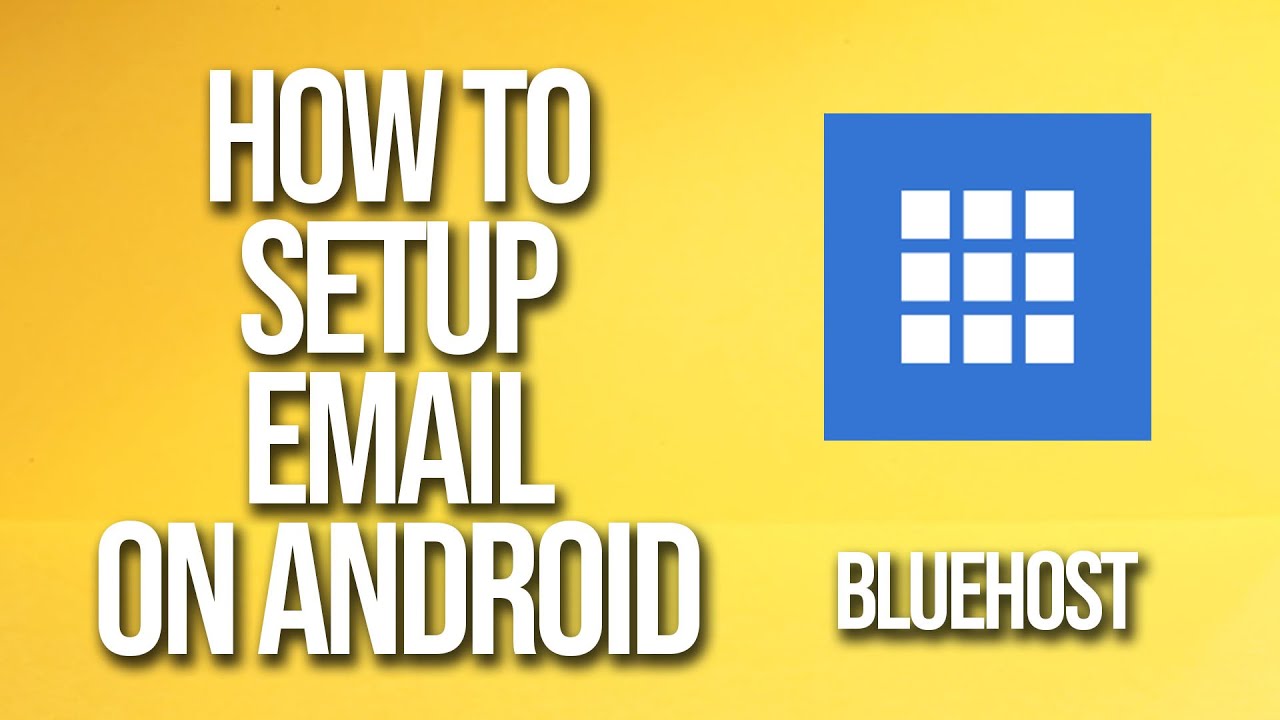
Setting up email on your Android device is essential for staying connected and managing your communications on the go. If you have a Bluehost email account and want to access it on your Android device, this tutorial will guide you through the process step by step.
Bluehost is a popular web hosting service that offers email hosting as part of its packages. By setting up your Bluehost email on your Android device, you can access your emails, send messages, and stay organized wherever you are.
Before we dive into the setup process, make sure you have the following information ready:
1. Your Bluehost email address: This is the email address you created when setting up your Bluehost account.
2. Your Bluehost email password: You will need this password to authenticate and access your email account.
3. Incoming and outgoing mail server settings: Bluehost provides these settings, which are essential for configuring your email account on your Android device.
Now, let’s get started with setting up your Bluehost email on your Android device:
Step 1: Open the Email App on Your Android Device
To begin, open the email app on your Android device. This app is typically labeled as “Email” or “Gmail” on your home screen or in the app drawer.
Step 2: Add Your Bluehost Email Account
Once you have the email app open, locate the option to add a new email account. This is usually found in the settings menu or by tapping on the three horizontal lines in the top-left corner of the screen.
Step 3: Enter Your Bluehost Email Address
In the setup process, you will be prompted to enter your email address. Input your Bluehost email address (e.g., yourname@yourdomain.com) and tap “Next.”
Step 4: Choose the Account Type
Select the account type as “IMAP” or “POP3.” Bluehost recommends using IMAP for better synchronization across devices.
Step 5: Enter the Incoming Mail Server Settings
Next, you will need to enter the incoming mail server settings provided by Bluehost. This typically includes the server hostname, port number, security type, and your username (which is usually your full email address).
Step 6: Enter the Outgoing Mail Server Settings
Similarly, input the outgoing mail server settings provided by Bluehost. This includes the server hostname, port number, security type, and authentication requirements.
Step 7: Authenticate Your Account
After entering the incoming and outgoing mail server settings


